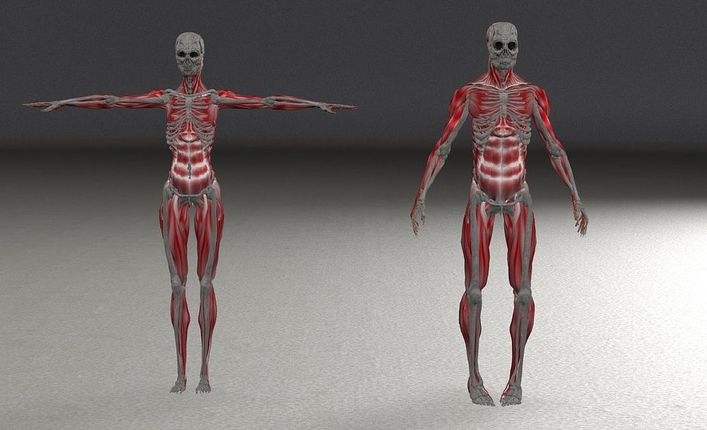FASCIAL SCARRING
WHAT IS IT, WHAT CAUSES IT, WHY IS IT SO BAD, AND WHAT CAN BE DONE ABOUT IT?
Scar Tissue itself is very different than normal tissue — facts you will find in any Pathology Textbook. Some of the various ways that Scar Tissue differs from normal tissue includes…..
- Scar Tissue is up to 1,000 times more pain-sensitive than normal tissue
- Scar Tissue is less elastic and weaker than normal tissue
- Scar Tissue has poor blood supply when compared to normal tissue
- Scar Tissue does not oxygenate as well as normal tissue
- Others (HERE) are twenty other reasons problems with Fascia have the potential to wreak havoc.
If you have scarring of your FASCIA, the situation can be critical. You have just taken what is arguably the single most pain-sensitive tissue in the body — one that cannot readily be imaged with even the most advanced imaging techniques available today —- and sensitizrf it up to a thousand times greater than normal. As you can see, this is a recipe for disaster — a potential “PERFECT STORM” in the making. As you are probably starting to see, Scar Tissue — particularly in the Fascial Membranes —- has the potential to make a train wreck of your life.
HOW DOES ONE GET SCAR TISSUE IN THE FIRST PLACE?
This is easy to answer. You can develop Scar Tissue for any number of reasons, but they can be broken down into essentially two categories. These are TRAUMATIC INJURY OR REPETITIVE INJURY. Either one can break tissue down. Allow me to explain farther. In my clinic, I work chiefly out of two treatment rooms, each equipped with a counter top for me to put my tablet computer, instruments, and other small things on. I tell people that if I wanted to knock the counter top off of the wall, I could do it in one of two ways. I could use a the 16 lb antique sledge hammer I use for WORKING OUT and give it one massive slam (Traumatic Injury), or I could use a 10 oz ballpein hammer and simply tap tap tap (maybe for years) at the counter top until eventually, I broke it free from the wall (Repetitive Injury). Many injuries are combinations of these two together (HERE).
WHY IS SCAR TISSUE SO BAD?
Scar Tissue — particularly the microscopic kind that is seen or properly diagnosed so infrequently — is bad for a number of reasons. Some of them were covered in the first couple of paragraphs, but much of it boils down to pain. Not only can pain often be directly related to the Scar Tissue, it can be “indirectly” related as well. When you look at microscopic pictures taken of healthy Connective Tissues, you will notice that the fibers align in a neat, orderly, parallel fashion (HERE). This is what gives the tissue the ability to elast and stretch. The tissue in a scar is jumbled, tangled, twisted, and clumped, in all three dimensions, which makes it far less elastic (not to mention weaker) than normal tissue. Unfortunately, one of the chief causes of Degenerative Arthritis is abnormal joint motion or loss of motion. In other words, the scar-induced joint restriction ends up leading to things like bone spurs, calcium deposits, and thinning cartilages / discs (HERE and HERE). Because of these degenerative changes, the affected joints move even worse — which causes more degenerative changes. Repeat cycle ad infinitum.
WHAT CAN BE DONE ABOUT SCAR TISSUE AND ADHESIONS OF THE FASCIA?
This is the real question that everyone wants to know. Frequently, however, physicians and even patients are so unaware of this whole scenario that they continue looking to standard medical tests and diagnostic imaging in an attempt to “see” what is causing the pain and dysfunction. We routinely see people who have been through this scenario for years — or even decades (HERE are a few examples of what I am talking about).
Besides making some serious lifestyle changes in the event that you are dealing with some sort of “SYSTEMIC PROBLEM“, you need to try Tissue Remodeling. TISSUE REMODELING is not like so many other Myofascial Therapies. Furthermore, one of the best things about it is that you will know in just one treatment whether or not it is going to help you (HERE). For a list of problems that can potentially be helped with Tissue Remodeling, go HERE.

